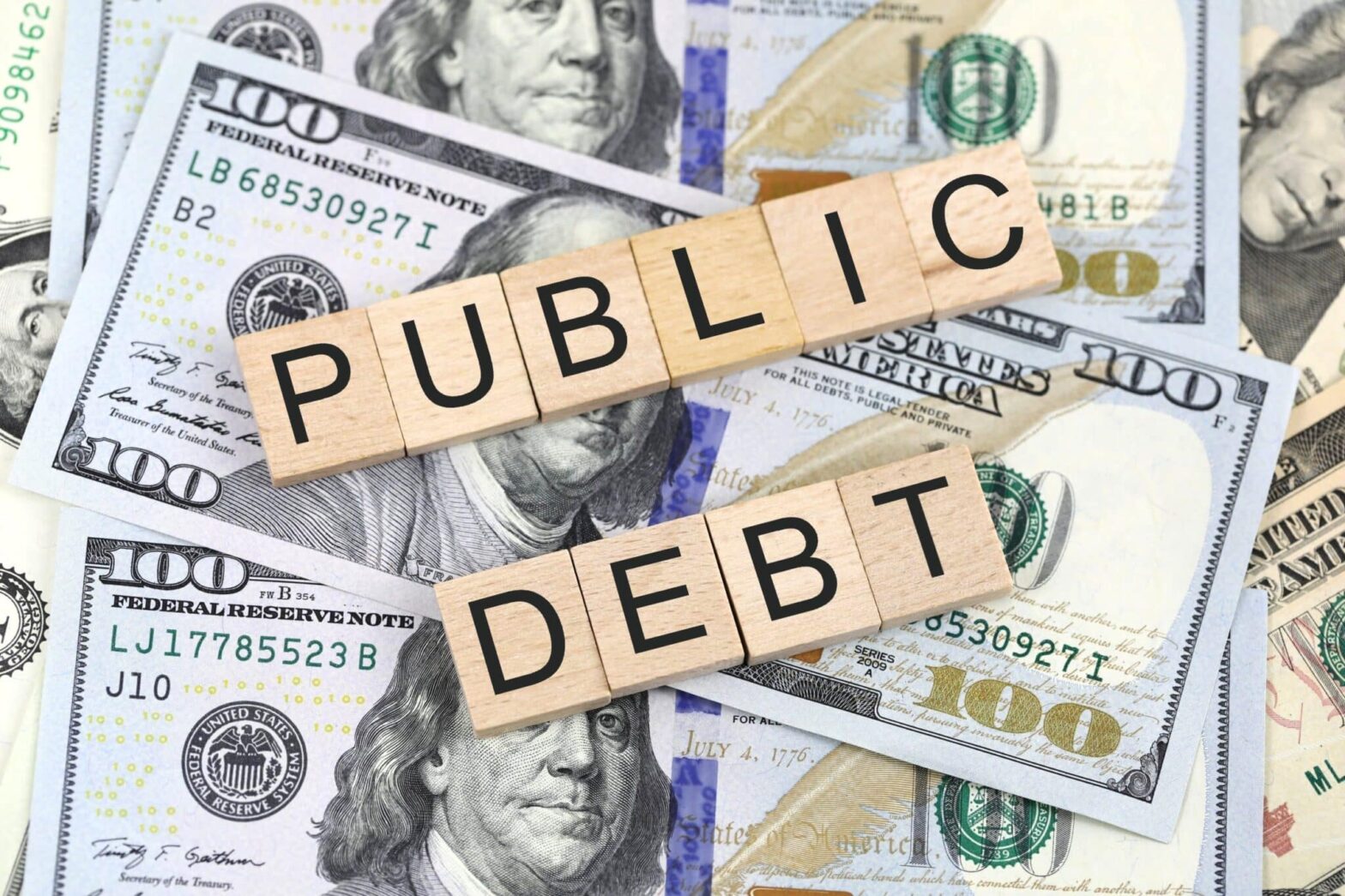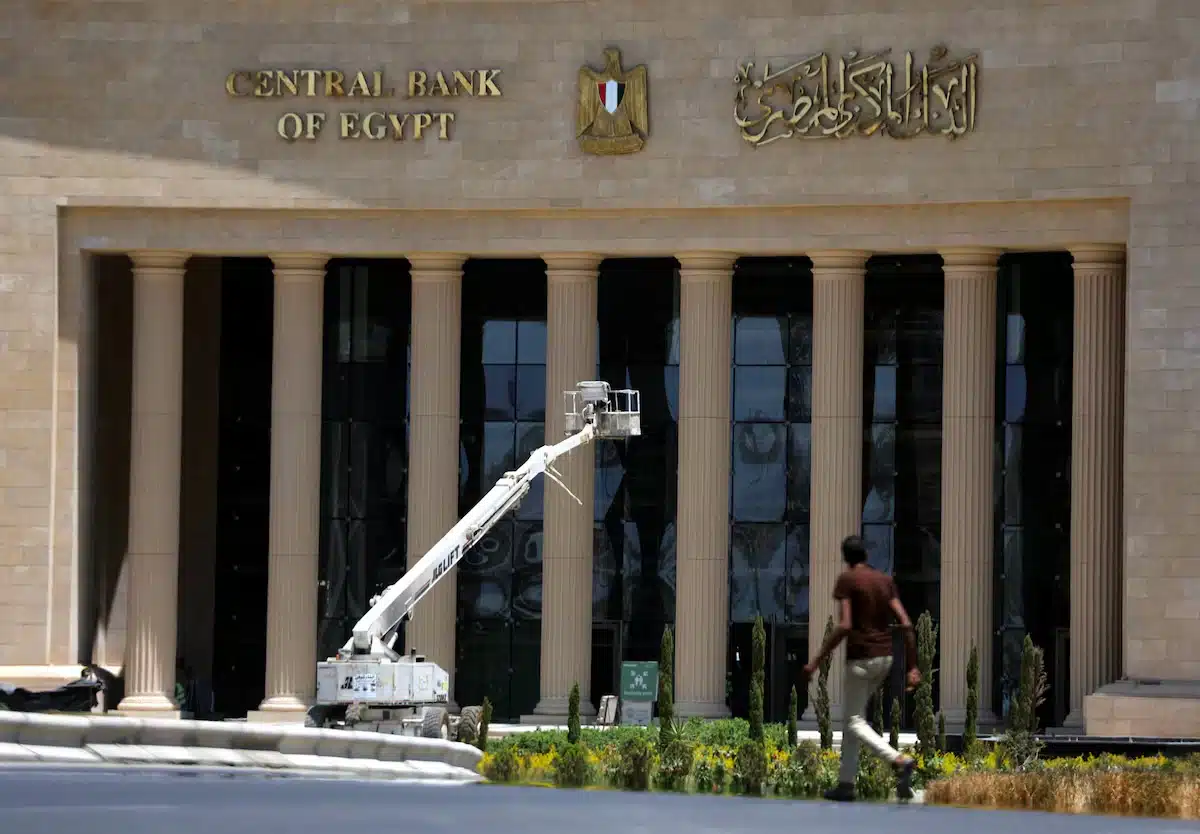The Central Bank of Kenya raised Kshs 130.8 billion from its reopened 14 and 17 years treasury bonds (IFB1/2022/014 and IFB1/2023/017), recording an oversubscription of Kshs 60 billion as it initially targeted to get Kshs 70 billion. This result was released by the Central Bank of Kenya on Wednesday, 12th February 2025.
The government noted that the bonds issued will be used for infrastructural developments across the country and not to repay existing debts.
Against the total of Kshs 70 billion offered for both bonds combined, the total bids received for both years was Kshs 193.9 billion representing a 277% oversubscription, signalling a high level of investor confidence.
Per individual treasury bonds, IFB1/2022/014 raked in Kshk 93.13 billion, recording a 133.05% oversubscription rate while IFB1 attracted a total of Kshs 100.77 billion, with a 143.95% oversubscription.
From the 193.9 billion offered, the bank accepted a total combined Kshs 130.81 billion. For IFB1/2022/014, it accepted a total Kshs 65.26 billion. It also accepted a close range of Kshs 65.55 billion for IFB1/2023/017 treasury bonds.
The pricing for both bonds were at premium (above Kshs 100), with IFB1/2022/014 and IFB1/2023/017, attracting pricing of Kshs 103.5 and Kshs 106.9 respectively.
This shows investor confidence as investors were willing to pay above the face value of the bonds. It further reveals confidence in the bank to repay at a stable interest rate. However, if Kenya’s inflation rate increases above 14%, these bonds may lose their attractiveness in the market.
With a high bid-to-cover ratio of 1.43 and 1.54 for IFB1/2022/014 and IFB1/2023/017, respectively, it shows that the Kenyan market is liquid, with investors who have surplus funds are willing to buy securities for future opportunities.
Overall, the results show that alongside strong investor confidence, the Kenyan government has undertaken an increased level of borrowing to finance capital projects.
While these bonds continue to remain attractive, the government should ensure that the projects and its spending are well managed to reduce inflation, promote economic growth and yield the promised returns for investors.






